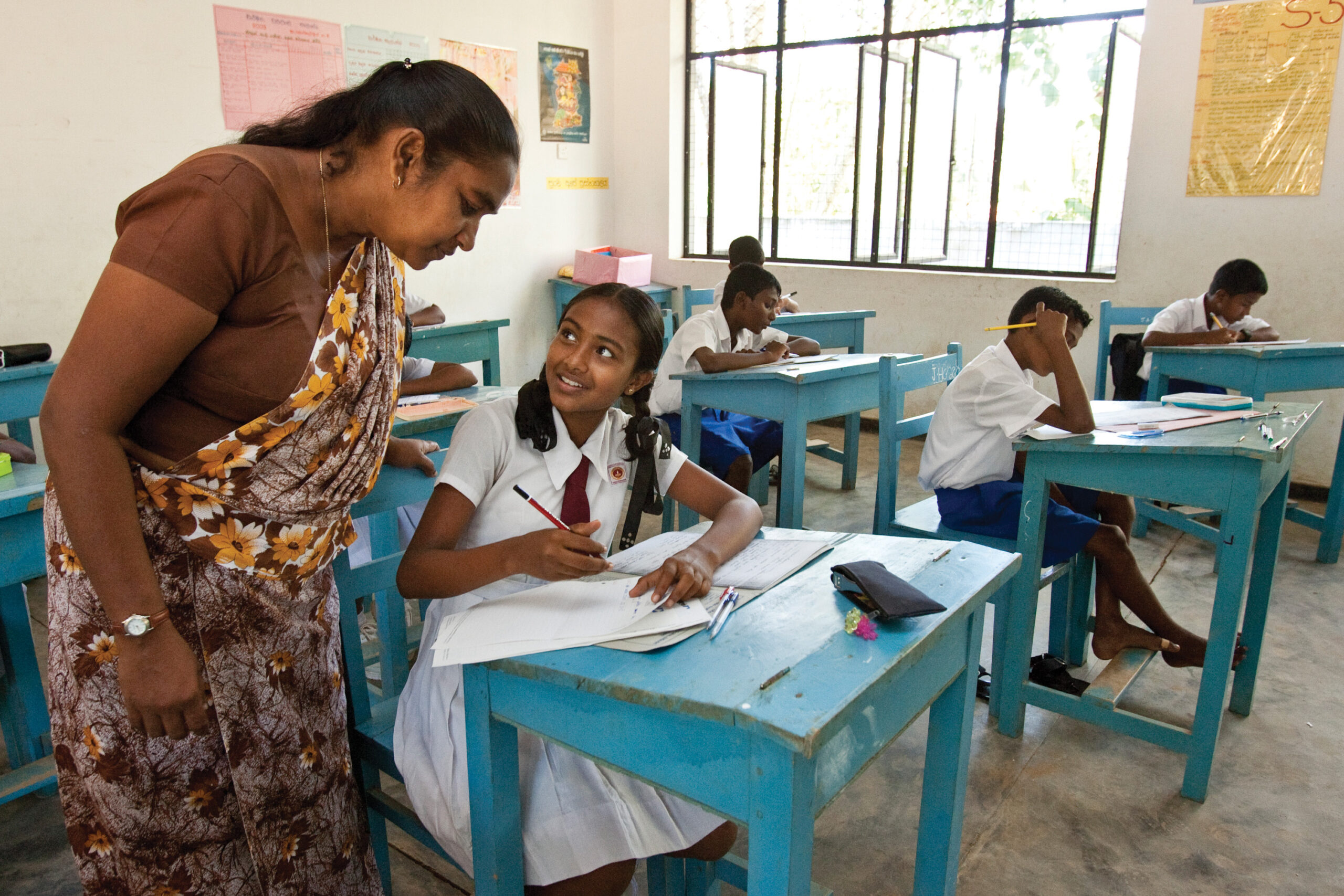As a former Sri Lankan educator, I believe safe educational spaces are significant, reflecting our classrooms’ diverse cultural and linguistic landscape. In Sri Lanka, inclusivity and safe space for all in education are topics with many challenges due to societal norms and educational structures that may only sometimes accommodate diverse student needs. For instance, addressing language barriers and cultural sensitivities in Sri Lankan classrooms is essential for creating a space where all students feel valued and heard, which only happens occasionally as schools target one specific language or ethnicity in particular. Considering an experience, I have encountered the difficulties a Buddhist student would face in a Christian school, where she felt left out of friend circles and would even receive criticism from certain teachers. In contrast, the Christian students were favored in the classroom. Efforts may be ongoing to adapt global inclusive education strategies. This may involve customizing teaching methods to suit local norms ensuring a supportive learning environment for all students. Moreover, there are programs such as “Be Safe,” as found by a cross-sectional study conducted in Sri Lanka, to evaluate the effectiveness of preventing physical, sexual, and psychological violence against children in Sri Lanka (Lam et al.,2018).
Reference
Lam, S., Zwart, C.N., Chahal, I., Lane, D., & Cummings, H. (2018). Preventing violence against children in schools: Contributions from the Be Safe program in Sri Lanka. Child abuse & neglect, 76, 129-137 .https://doi.org/10.1016/j.chiabu.2017.10.016

Leave a Reply